Higher classification Gray wolf | Phylum Chordata Scientific name Canis lupus signatus Rank Subspecies | |
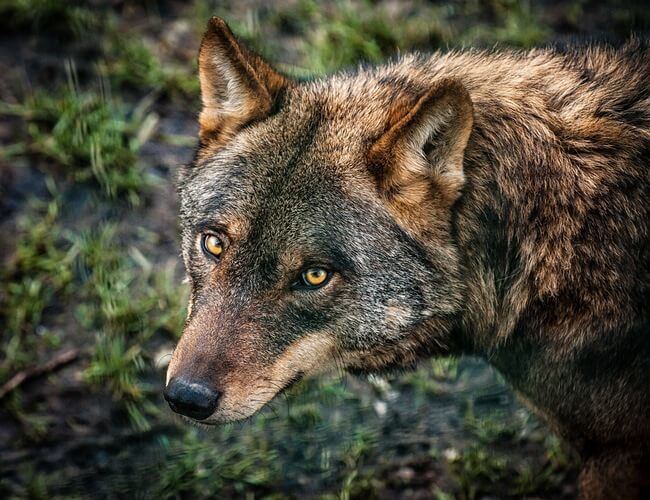 | ||
Similar Gray wolf, Canis, Mammal, Canidae, Iberian lynx | ||
Crowdfunding campaign last push to save the iberian wolf recovery centre
The Iberian wolf (Canis lupus signatus) is a subspecies of grey wolf that inhabits the forest and plains of northern Portugal and northwestern Spain. The 2003 census estimated the total Iberian population to be 2,000 wolves.
Contents
- Crowdfunding campaign last push to save the iberian wolf recovery centre
- Iberian wolf facts
- Taxonomy
- Features and adaptations
- Diet
- History
- References
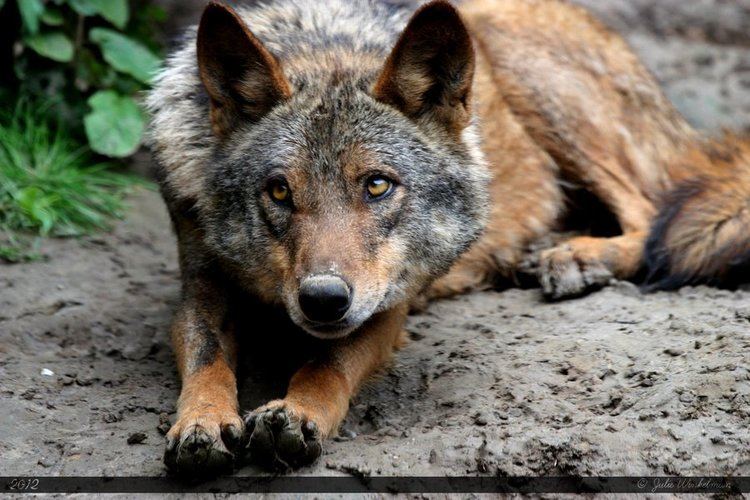
Iberian wolf facts
Taxonomy

The Iberian wolf is considered a synonym of Canis lupus lupus by Mammal Species of the World, although its skull morphometrics, mtDNA, and microsatellite differ from other European wolves.
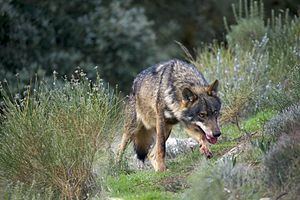
In 2016, a study of mitochondrial DNA sequences of both modern and ancient wolves indicated that in Europe, the two most genetically distinct haplotypes form the Italian wolf and separately the Iberian wolf.
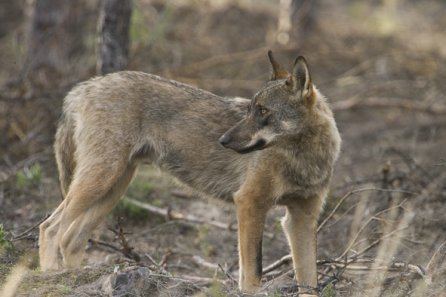
The taxonomic reference Mammal Species of the World (2005) does not recognize the subspecies Canis lupus signatus, however NCBI/Genbank does list it.
Features and adaptations
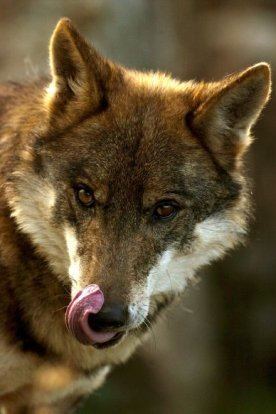
The Iberian wolf differs from the more common Eurasian wolf with its slighter frame, white marks on the upper lips, the dark marks on the tail and a pair of dark marks in its front legs that give it its subspecies name, signatus ("marked"). The subspecies differentiation may have developed at the end of the Pleistocene Ice Ages due to the isolation of the Iberian Peninsula when glacier barriers grew in the Pyrenees and eventually reached the Gulf of Biscay in the West and the Mediterranean in the East.
Males can weigh up to 50 kilograms, with females usually weighing between 30 and 40 kg.
Diet
The Iberian wolf lives in small packs. It is considered to be beneficial because it keeps the population of wild boar stable, thus allowing some respite to the endangered capercaillie populations which suffers greatly from boar predation. It also eats rabbits, roe deer, red deer, ibexes and even small carnivores and fish. In some places it eats domestic animals such as sheep and dogs.
History
Until the 1900s the Iberian wolf inhabited the majority of the Iberian Peninsula. However, Spain's Francoist government started an extermination campaign during the 1950s and 1960s that wiped out the animals from all of Spain except the northwestern part of the country, where there is still a sizable population in Sierra de la Culebra. Similar policies in Portugal almost led to the extinction of the animal south of the Douro river (there are still some surviving packs). Some authors claim that the South-Eastern Spanish wolf, last sighted in Murcia in the 1930s, was a different subspecies called Canis lupus deitanus. It was even smaller and more reddish in color, without dark spots. Both subspecies were nominated by Ángel Cabrera in 1908.
Some Spanish naturalists and conservationists like Félix Rodríguez de la Fuente called for the end of the hunting and the protection of the animal. Today, the hunting of wolves is banned in Portugal but allowed in some parts of Spain. The 2003 census estimated the total Iberian population to be 2,000 wolves. There are reports of wolves returning to Navarre and the Basque Country and to the provinces of Extremadura, Madrid and Guadalajara. A male wolf was found recently in Catalonia, where the last native wolf was killed in 1929. However, this animal was not a member of the Iberian subspecies, but an Italian wolf (Canis lupus italicus) migrating from France. In 2013, it was reported that the Sierra Morena population is on the verge of disappearing. As of 2013, an estimated 300 individuals remain in Portugal.
In October 2013, Ecologists in Action called for an urgent review of the Iberian wolf census, which may overestimate their numbers. Later that month, wolf association Lobo Marley sent 198,000 signatures calling for the animal's protection to the European Parliament Committee on Petitions. Over a few weeks in September and October 2013, about 30 puppies and young wolves were killed by hunters in Asturias, León, and Cantabria.
Although hunting is banned in Portugal, about 45% of wolf deaths are due to human activities, including illegal hunting. Calling the rate unsustainable, ten organizations signed a statement requesting stronger protection.
